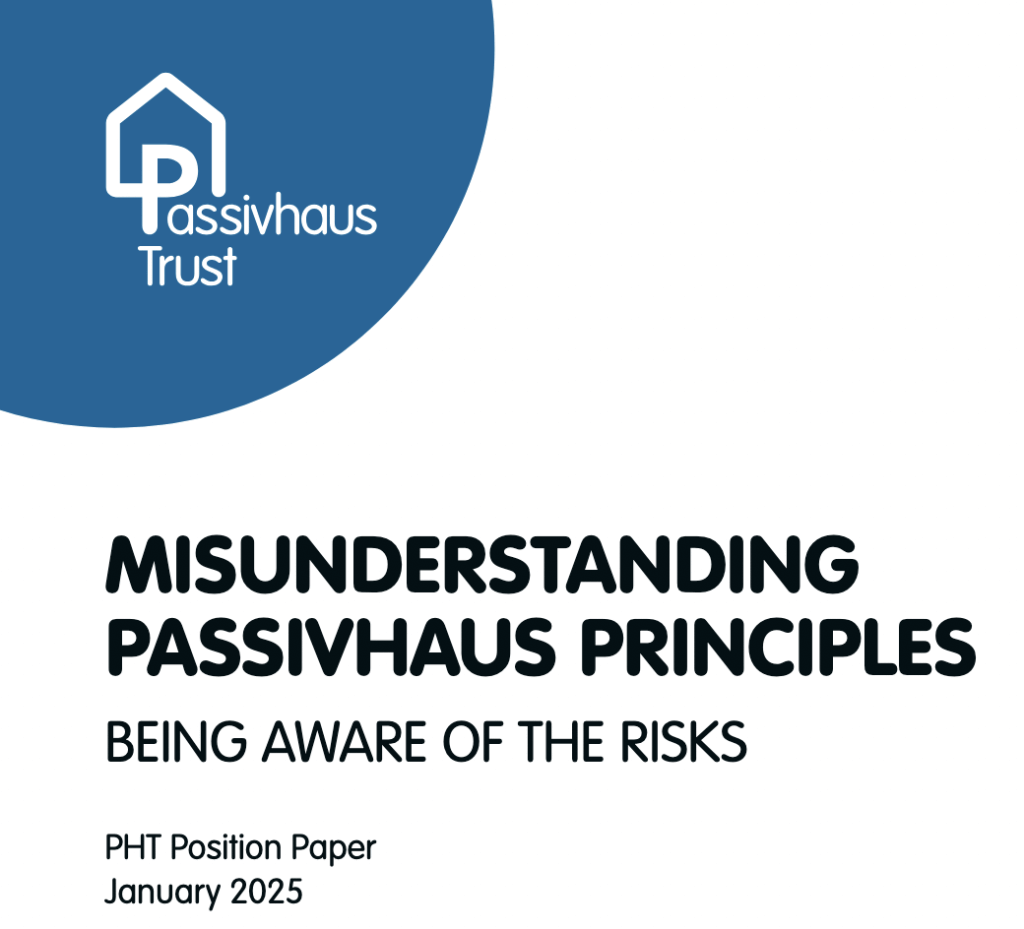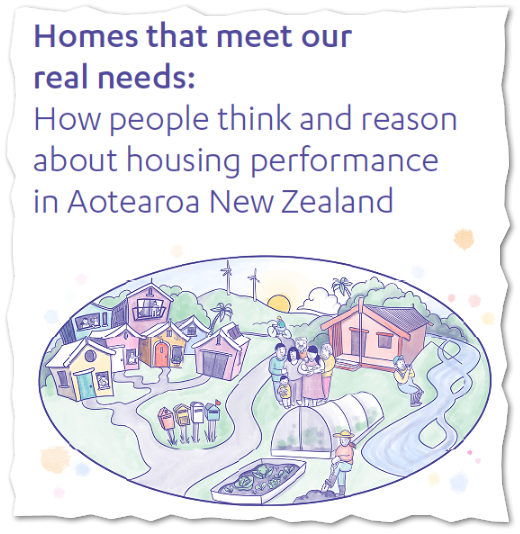New research is a sharp reminder that if New Zealand wants a stable, affordable, 100% renewable grid, reducing demand is just as critical as increasing supply. The choices we make—about the efficiency of the cars we buy and, even more importantly, the performance of the buildings we live and work in—are all connected. While New Zealand’s uptake of electric vehicles …
How much is healthy indoor air worth? This study has an answer

The energy savings offered by building to the Passive House standard are easy to quantify. The comfort and healthiness of these homes is very much felt by those living in them but quantifying these benefits that come from living in a warm, dry, properly ventilated home has been difficult. However, a recent article in ASHRAE Journal takes us forward in …
How to talk to your clients about Passive House

Model’s plans for massive build-to-rent Passive House developments in Melbourne was what set the 2025 Thrive conference in Australia buzzing but there were other presentations that really galvanised my attention. Kieran Leong and Ben Caine are Australian Passive House designers and architects working in quite different contexts but both their presentations offered some fantastic insights into how design professionals can …
PHINZ hui 2025: a summary and ideas for next year

What did you enjoy most? Well, talking to mates about Passive House is always my favourite. The Pecha kucha thing though! My expectations were low, I’m not familiar with the format, but it was very well done and really interesting. It whizzed through all of New Zealand’s different climate zones, with examples of projects from one end of the country …
Ara collab spreads Passive House influence

Ara Institute of Canterbury, a leading provider of construction training in the region, was the location for Sustainable Engineering’s last in-person certified Passive House tradesperson course. It was a great venue and we were very happy to have two Ara tutors in the course. Ara’s people liked what they saw, valuing the blend of practical and theoretical education offered by …
That’s not Passivhaus, that’s just expensive

Years ago I warned of what I dubbed cargo-cult architecture, where architects throw in a few high-performance components like expensive windows and lots of insulation and expect a high-performance building to magically result. It’s a recipe for disaster and particularly risks creating houses that are unbearably hot in summer. This approach is based on guesswork and magical thinking, not building science. …
Winthrop Center: world’s largest Passive House office space

I visited a bunch of big American Passive House projects while in the US last year to visit family. Among these was the Winthrop Center in Boston, MA. It’s currently the world’s largest Passive House office space, with 70,000m2 on offer. The building is about twice that size, as it also includes retail and residential space. Usually certification is on …
What I saw at Thrive: a model Model

Everybody was talking about Model and with good reason. Conference organisers gave this property developer and its consultants a lot of time to talk about its concept and the work currently in early design stage. Model describes itself as an “Australian purpose-first build-to-rent group” which is a bit of a mouthful, but its intentions are ambitious: “Our projects – designed …
A new conversation about housing in New Zealand

If you’re in the business of designing, building or advocating for better buildings in New Zealand, you need to read “Homes that meet our real needs“, a BRANZ report written by The Workshop. It’s a deep dive into how New Zealanders think and talk about their homes. Some of the insights will be familiar to those of us who have …
